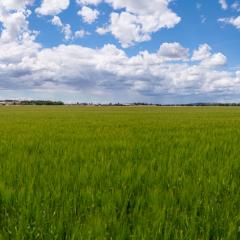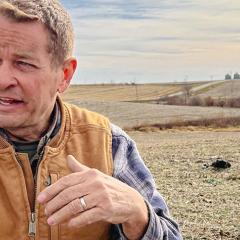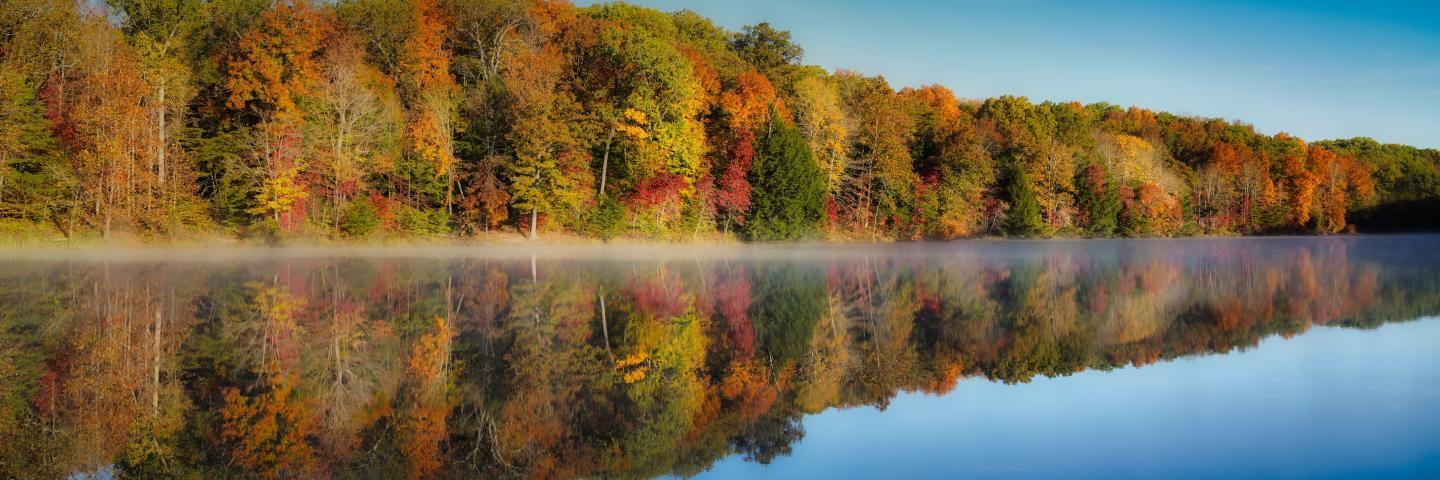
Forestry is the science and management of forests to enhance and maintain its productivity based on the objectives and goals of its owner combined with the ecological capabilities of the land.
Agroforestry intentionally combines agriculture and forestry to create integrated and sustainable land-use
Forests and woodlots are constantly changing. To get the most out of your property to meet your wildlife, recreational, aesthetic, economic goals, or some type of regular management will be necessary. Getting the most out of your woods can be a challenge on your own. Fortunately, there are many resources available to help you.
Whether you are interested in wood products, wildlife, recreation, or scenery, proper management of your forest will help you achieve your goals and interests. If you haven’t been managing your woods, consider starting today.
Forest management is providing your forest with the care it needs to remain healthy and provide the benefits you desire. Forest management considers all parts of the forest community: soil, water, plants, animals, birds, and air, as well as the trees. The goal of forest management is a healthy, sustainable forest that accommodates any number of uses.
Common Minnesota Forestry Conservation Practices
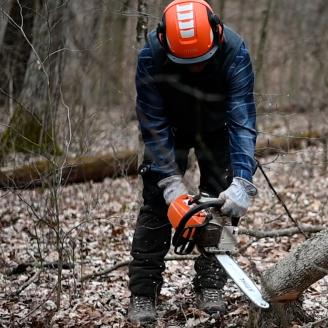
Forest Stand Improvement
Use of Forest Stand Improvement techniques help landowners manage species composition, stand structure, and stocking by removing selected trees and understory vegetation.
Benefits of forest stand improvement:
- Increase forest product quantity and quality, and restore natural plant communities
- Improve vigor; initiate forest stand regeneration
- Achieve desired crop tree stocking and density levels and increase carbon storage
- Reduce potential damage from wildfire, pests, and moisture stress
- Improve aesthetics, recreation, and wildlife habitat
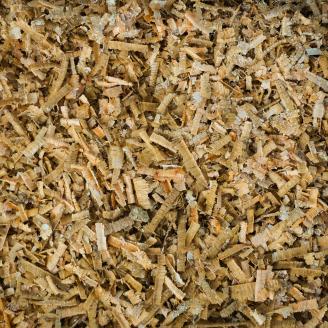
Woody Residue Treatment
Wildlife Habitat
Providing adequate food and cover for wildlife.
Benefits of improved wildlife habitat include:
- Increasing fruit and mast(nuts)
- Improving forest structure
- Increasing forest diversity for forest wildlife including ruffed grouse, deer, wild turkey, woodcock, songbirds, etc.
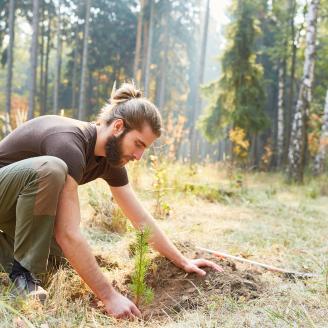
Tree/Shrub Planting
Trees/Shrub planting introduces woody plants to an area by planting seedlings or cuttings, direct seeding or natural regeneration. Once established, woody plants provide wildlife habitat, potential forest products, and long-term erosion control. They also improve air and water quality, sequester carbon, and enhance area aesthetics.
Benefits of tree/shrub planting:
- Provides wildlife habitat
- Protects soil from eroding
- Improves air and water quality
- Sequesters carbon
- Enhances the aesthetics of an area
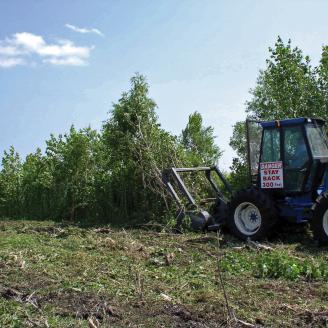
Brush Management
Brush management techniques can be used in forestland to help landowners control invasive woody species problems such as bush honeysuckle, autumn olive, and multiflora rose. Woody invasive species are very prolific at seed production and sprouting, and are mostly shade tolerant. These characteristics give them a distinct advantage over native species and oftentimes, if not addressed completely, can take over and even replace native plants, trees and shrubs.
Benefits of brush management:
- Removes competition so beneficial vegetation can re-establish.
- Creates desired plant community
- Improves wildlife habitat
- Enhances tree regeneration
- Increases tree growth and health
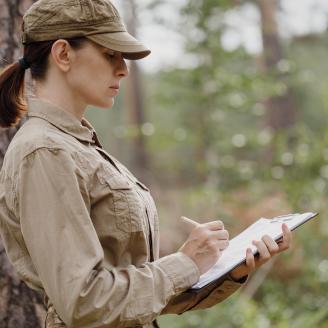
Forest Management Plan (FMP)
A FMP is a site-specific plan developed for clients by a Technical Service Provider. The plan addresses one or more resource concerns on land where forestry-related conservation activities or practices will be planned and applied. Practices often included in a FMP are designed around the client’s objectives to address various natural resource concerns.
Benefits of a Forest Management Plan:
- Provides suggested activities to meet your forest objectives
- Guides long-term sustainable woodlands
- Plans out practices for program assistance
Developing a Plan for Forest Management (2.16 MB)
Additional Minnesota Forestry Resources
Minnesota Department of Natural Resources
DNR Foresters can work with private landowners to provide assistance with Forest Stewardship program and state cost-share programs.
Minnesota Soil and Water Conservation Districts
District Foresters work with private landowners and NRCS to provide technical and cost-share assistance.
University of Minnesota Extension
Practical and useful information for managing woodlots, invasive species as well as agroforestry related topics.
Minnesota Forest Resources Council
Minnesota Forest Management Guidelines are found here.


